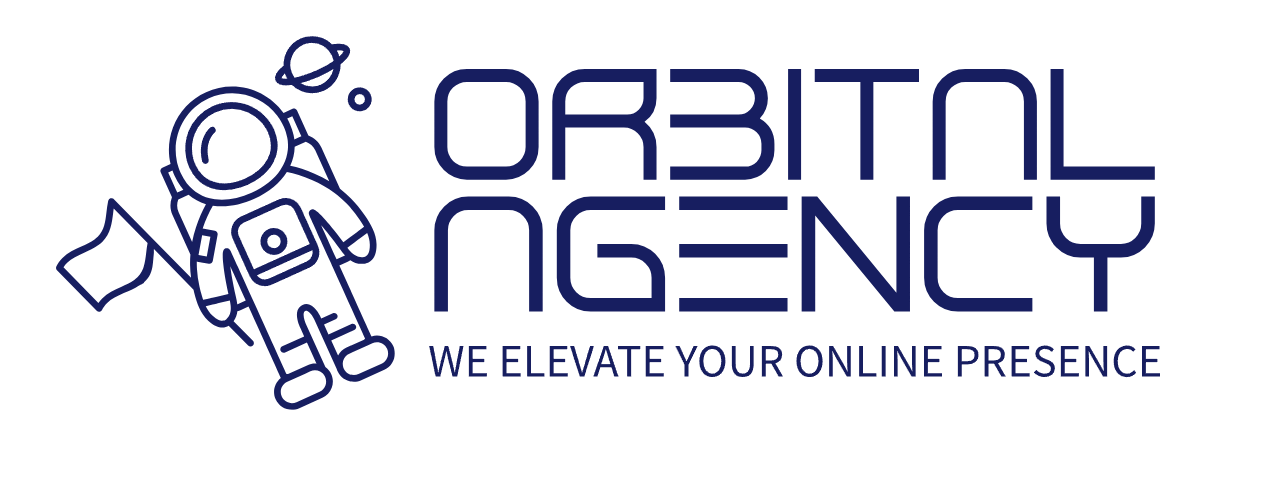Small Business Website Must-Haves: Features That Drive Sales
A great-looking website is only half the battle—if it doesn’t drive sales, it’s not doing its job. For small businesses, every feature on your website should serve a clear purpose: to inform visitors, build trust, and move them closer to becoming a customer.
One of the most important features is mobile responsiveness. Your site must look and work perfectly on smartphones and tablets. This isn't optional—most users are browsing on mobile, and a clunky mobile experience will drive them away instantly.
Next up is loading speed. People expect a site to load in two seconds or less. If it takes longer, they’re gone. Optimizing your images, choosing a good hosting provider, and minimizing scripts can make a huge difference in how quickly your pages load.
Clear call-to-action (CTA) buttons are essential. Whether it’s “Call Now,” “Schedule a Free Demo,” or “Get a Quote,” your CTAs should stand out visually and appear multiple times throughout your pages. Make it easy for someone to take the next step.
Click-to-call functionality is a simple but powerful feature, especially for service-based businesses. With a single tap on their phone, visitors should be able to call you directly. This small detail removes friction and increases conversions.
Live chat or chatbots can also improve user experience by giving visitors an easy way to ask questions in real time. This creates a more interactive experience and shows that you’re available and responsive—even if the response is automated.
Testimonials and reviews play a huge role in building credibility. Add a section with quotes from happy customers or display your Google review score prominently. Social proof is a proven way to turn skepticism into trust.
Lead capture forms are a must. You want to collect emails or contact info from people who aren’t ready to buy just yet. Keep the form short and sweet—usually a name, email, and phone number is enough. If the form is too long, you’ll lose them.
Another key feature is service pages tailored to what you offer. Each service should have its own page with clear explanations, pricing (if applicable), and FAQs. This not only helps visitors but also improves your site’s SEO by targeting specific keywords.
Visual content—especially professional photos or custom graphics—can make your site feel more human and engaging. Avoid stock photos when possible and showcase real images of your team, office, or projects.
Location and contact information should always be visible. Add your address, phone number, and email in the header, footer, and contact page. If you serve multiple areas, consider a service area map or list of locations.
Lastly, make sure your website is secure. An SSL certificate (the little padlock icon in the browser bar) is critical for trust. Visitors need to know their data is safe, especially if you’re collecting contact info or accepting payments.
When you combine these features into a cohesive, conversion-focused site, you’re not just creating an online presence—you’re building a 24/7 sales tool that works for your business even while you sleep.
One of the most important features is mobile responsiveness. Your site must look and work perfectly on smartphones and tablets. This isn't optional—most users are browsing on mobile, and a clunky mobile experience will drive them away instantly.
Next up is loading speed. People expect a site to load in two seconds or less. If it takes longer, they’re gone. Optimizing your images, choosing a good hosting provider, and minimizing scripts can make a huge difference in how quickly your pages load.
Clear call-to-action (CTA) buttons are essential. Whether it’s “Call Now,” “Schedule a Free Demo,” or “Get a Quote,” your CTAs should stand out visually and appear multiple times throughout your pages. Make it easy for someone to take the next step.
Click-to-call functionality is a simple but powerful feature, especially for service-based businesses. With a single tap on their phone, visitors should be able to call you directly. This small detail removes friction and increases conversions.
Live chat or chatbots can also improve user experience by giving visitors an easy way to ask questions in real time. This creates a more interactive experience and shows that you’re available and responsive—even if the response is automated.
Testimonials and reviews play a huge role in building credibility. Add a section with quotes from happy customers or display your Google review score prominently. Social proof is a proven way to turn skepticism into trust.
Lead capture forms are a must. You want to collect emails or contact info from people who aren’t ready to buy just yet. Keep the form short and sweet—usually a name, email, and phone number is enough. If the form is too long, you’ll lose them.
Another key feature is service pages tailored to what you offer. Each service should have its own page with clear explanations, pricing (if applicable), and FAQs. This not only helps visitors but also improves your site’s SEO by targeting specific keywords.
Visual content—especially professional photos or custom graphics—can make your site feel more human and engaging. Avoid stock photos when possible and showcase real images of your team, office, or projects.
Location and contact information should always be visible. Add your address, phone number, and email in the header, footer, and contact page. If you serve multiple areas, consider a service area map or list of locations.
Lastly, make sure your website is secure. An SSL certificate (the little padlock icon in the browser bar) is critical for trust. Visitors need to know their data is safe, especially if you’re collecting contact info or accepting payments.
When you combine these features into a cohesive, conversion-focused site, you’re not just creating an online presence—you’re building a 24/7 sales tool that works for your business even while you sleep.
